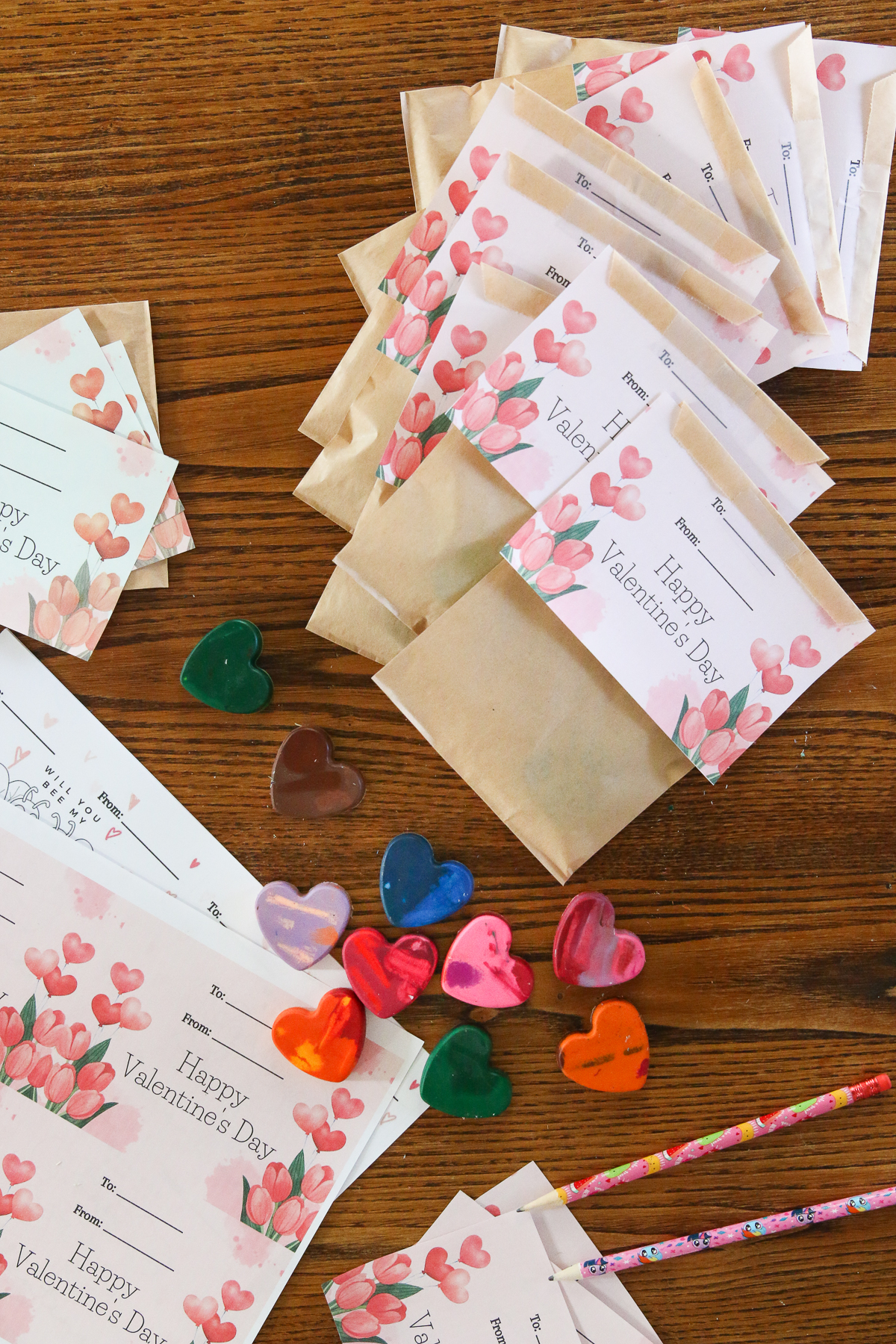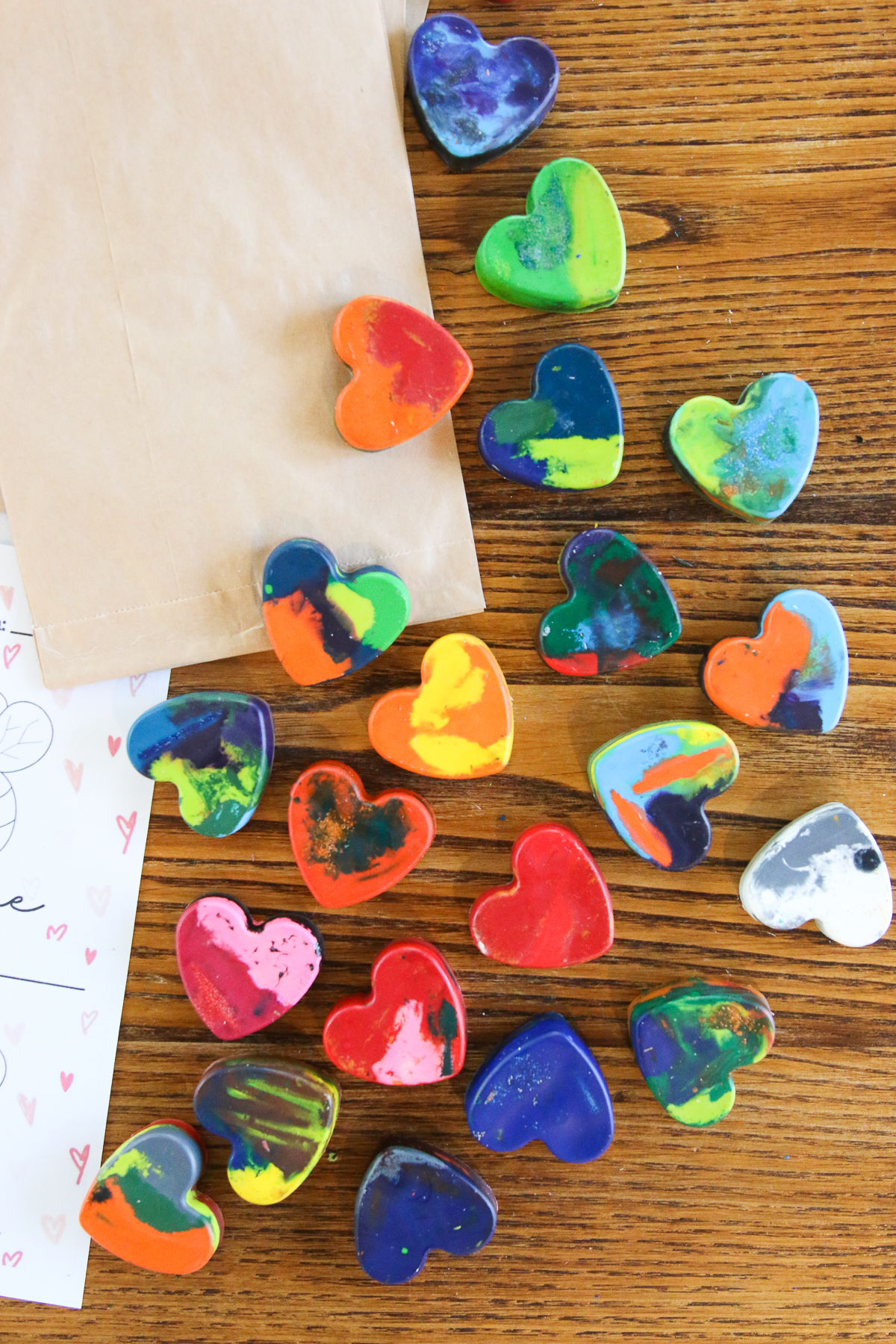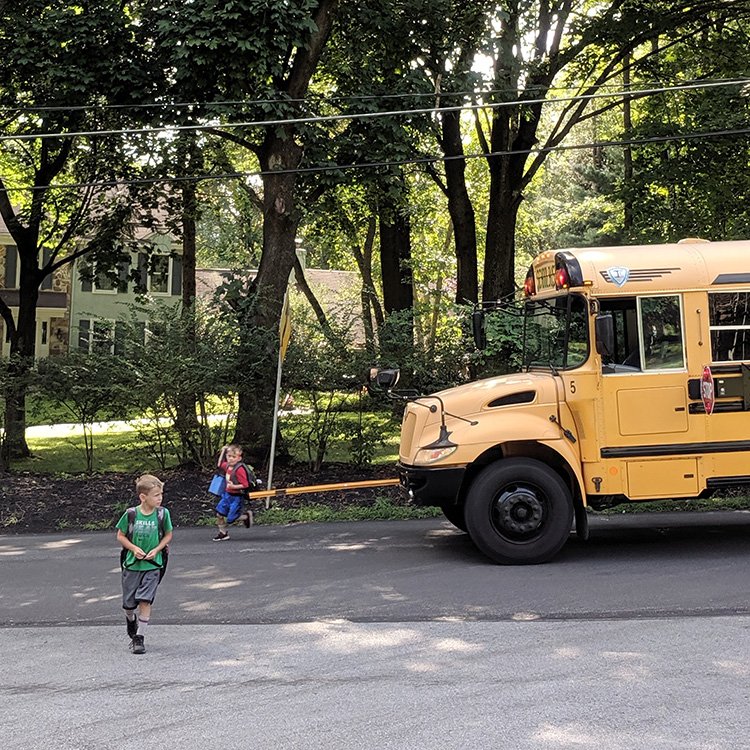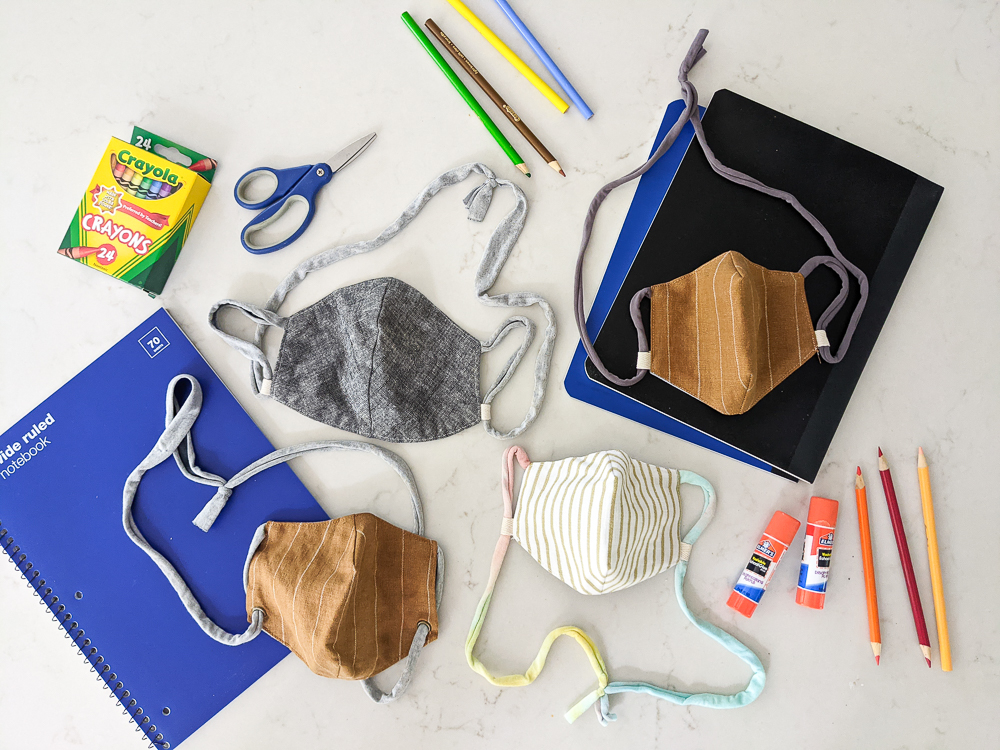Helpful Tips To Start a Green Team at School
Are you thinking about starting a sustainability committee or Green Team at your child’s school? Read on to learn more from one mom about how to start a Green Team at school based on her experience starting and growing sustainability initiatives in her children’s school district. She shares tips and ideas to help make your experience more successful.
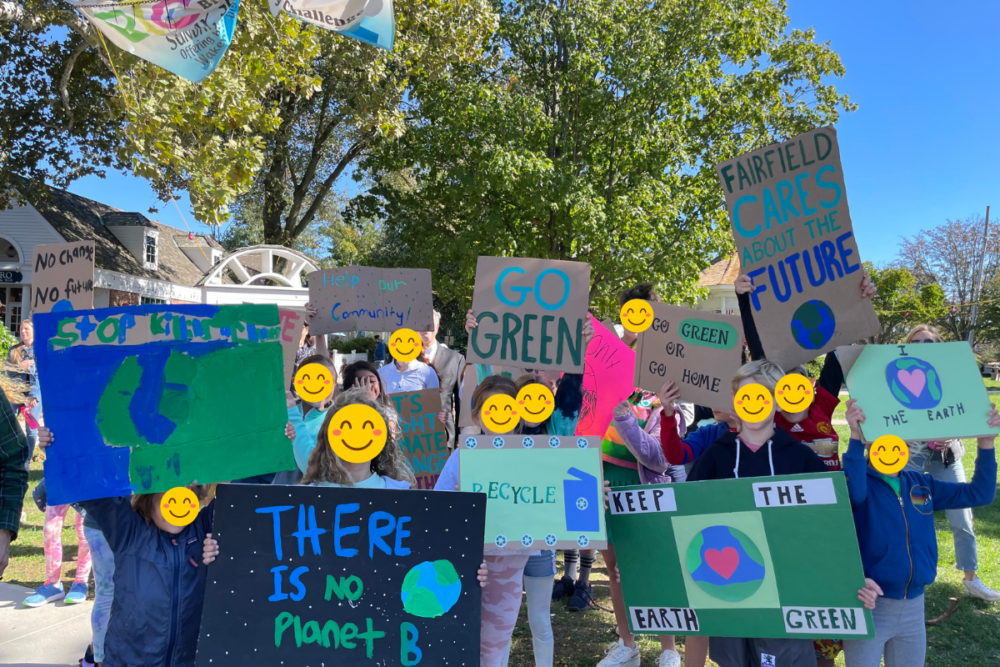
When my older son started kindergarten, I remember getting an introduction letter from the PTO (Parent Teacher Organization). Oh no. I saw visions of Bad Moms pop into my head and thought “I’m not going near that hot mess.”
Admittedly, I had little on which to base my judgment, and it turns out I was quite wrong. Eventually, the PTO caught up with me (I say that jokingly) because I had friends who were very involved. They asked me to put my social media skills to use for their annual fundraising event. I obliged and happily help them every year now as the annual fundraiser comes and goes.
As I got a little more involved and my eco-nerd eyes peeked over the fence at other school community programs, I began to wonder what it might take to help our school start a few sustainability initiatives. While I have helped one teacher at my boys’ school set up a small composting system for the students in the cafeteria, I haven’t taken the full plunge into spearheading a Green Team or Sustainability Committee.
Currently, I feel like I have enough on my plate that I wouldn’t have time to dedicate to running the committee well, so I’m not ready to dive in just yet. But that hasn’t hampered my curiosity to learn about how to start a Green Team at school from others who have already done it. When I have a bit more time to commit, I’ll be armed with lots of knowledge!
A few months ago, our Assistant Editor, Rupa, shared about how to start a Green Team at school based on her experience starting a Sustainability committee at her children’s elementary school. She discussed tips for getting started, gaining momentum, and what types of activities might be suitable to try at your local school.
More recently, I saw Meghann McKale share on Instagram about her journey of starting a Green Team at her local elementary school. Even more impressive, she expanded her success to include 11 schools in her local district! The Green Team at her school hosts a variety of their own initiatives, and they participate in other types of school events too, even if just to incorporate compost bins at events with food, for example.
I reached out to Meghann to ask if she would share more about how she has accomplished a movement toward incorporating sustainability into programs at her school, even including environmental education into some of the curriculum. She was generous enough to share her knowledge and experience. Read on to hear more from her about how to start a Green Team at school, and maybe she will inspire you to start a similar endeavor at your child’s school.
Tell us a bit about yourself.
My name is Meghann McKale, and I live in Fairfield, Connecticut, with my husband, 10-year-old daughter, 7-year-old son, and our two cats.
You started a Green Team at your children’s school. Can you tell us how that came about?
In March 2022, I happened upon an Instagram post from an account started by another school in our district about sustainability in schools. The account was @millhillgoesgreen. I was so excited to find another group in our area focused on environmental awareness at school.
We moved to Fairfield in 2021 from Brooklyn, where we had a robust municipal compost program, and my kids composted in their school cafeteria. I loved that my kids were learning about environmental issues and waste reduction at school. But I didn’t see these sustainable practices happening in Fairfield. I shared the post with my PTA Presidents and asked if we had a Green Team. We didn’t, but I was welcome to start one!
I reached out to the organizers at Mill Hill. They generously shared what they had been up to and put me in contact with more people in town who could catch me up on local sustainability efforts. We had our first school Green Team meeting at my children’s school in May 2022. There were parents and teachers, and everyone was so excited to explore ways to bring more sustainable practices to make the school.
What does your school’s Green Team do?
We’ve been very lucky in a couple of ways. First, our principal and PTA Presidents are all open-minded and supportive of our ideas. Having parent-teacher organizations engaged and on board is critical, especially in elementary school. Second, two parents have stepped up and put in a tremendous amount of work coordinating events with kids.
We try to meet monthly-ish to make plans. Early on, we mapped out after-school events for each month, tied to the season when possible. Here are a few of the things we’ve done so far:
- We made upcycled decorations for our school dance.
- We planted seeds and made seed bombs.
- We made bookmarks with sustainability tips for our first-ever book swap (which was last June).
- We collect Trex plastic film at our school, and one of those amazing parents coordinated with the student council to have them weigh and record our collection.
In the meantime, I worked with our principal and custodian to bring milk carton recycling to our school. Next year, we plan to start a composting program in the cafeteria to reduce food waste!
We’ve also tried to bring a sustainability element to our other school events. For example, we set up a composting station at our International Night and provided jugs of water and compostable cups instead of plastic water bottles. Our school is quite small, and parents are very welcome in the building, which makes it a bit easier to get things up and running when we have a new idea.
What tips can you share about how to start a Green Team at school?
I’ve learned a lot along the way, but for those just getting started, I have a couple of tips to get things going on the right foot. First, find others who are interested in helping you, and then start small.
Find others to help you
Find your people: ask around. If you care about a green school initiative and want to start making changes at your school, chances are you’ll be able to find other parents who want the same. If not, look into what neighboring towns are doing and follow their lead.
There are so many people doing this work already that it makes sense to leverage the experience and expertise of people who have already started similar initiatives in their schools. Furthermore, school Green Teams require a time commitment, but they also require a cultural change in many cases. Having other members of the green team who already buy into the mission is critical.
Start small
Demonstrate that you can be successful with a small project, like the Trex recycling program or using upcycled decorations for a school dance. Then build from there to work toward more comprehensive programs that require more school staff, funding, or long-term commitments (like a school garden).
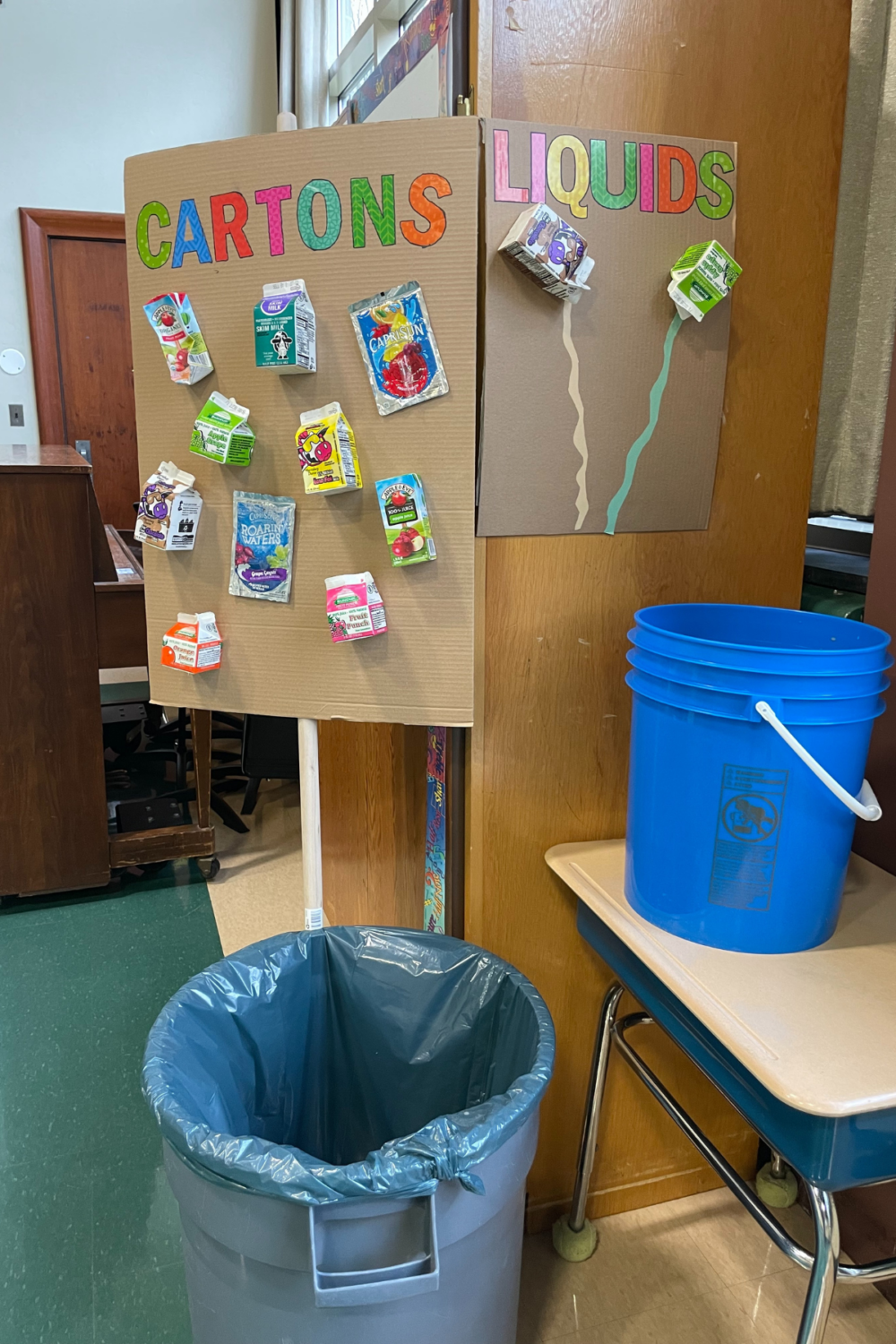
You expanded your school Green Team efforts to all 11 schools in your district. This is amazing! Can you tell us more about how you did this?
Mentors + Teammates
I have a mentor who is on the Sustainable Fairfield Task Force. She was the PTA Council’s VP of Sustainability for years. Her kids are out of the school system now, and she was looking for someone to take over, so I volunteered (not at all knowing what I was getting into, ha!).
She connected me with a handful of other parents – including the incredible team from Mill Hill, who I mentioned earlier – who were very interested in sustainability. Once we were all in touch, we coordinated our efforts and shared information.
Similar activities but not always the same
We met as a group for the first time in June 2022 and have been meeting monthly ever since. We all share what we’re doing, but generally leave it up to the individual schools to decide which activities and initiatives are best for their community.
For example, in the fall, we had a pumpkin composting event. We were able to put dumpsters at 7 schools – 5 elementary and both high schools – where people could bring their pumpkins and gourds after the fall holidays so that they could be composted instead of trashed (we collected almost 6 tons!).
The other schools didn’t participate for any number of reasons ranging from a lack of administrative support to a lack of space for a dumpster. And that’s fine! We’re not trying to force anything – we’re just trying to make opportunities available and share ideas.
Coordinate with school leaders and staff efficiently and effectively
My mentor and I meet monthly with the school district’s Director of Operations to flesh out ideas and make sure everything we want to do is safe and allowed. It’s also an opportunity to ask any questions that have come up in our group. Rather than inundating him with emails and phone calls, we try our best to get everything out of the way in one shot.
Last month, we had the opportunity to present to our school Board of Education Facilities Committee the work we’ve done so far this year. We asked for their support in the form of a formal policy on sustainability and financial support for cafeteria compost to reduce the school’s solid waste.
Work with other community organizations
We also try to collaborate with the school administration at the central district office on curriculum add-ons where appropriate. A team from our local Pollinator Pathway presented to STEAM teachers, and as a result, we now have a district-wide pollinator curriculum for grades 1 and 2, along with native plant gardens at every elementary school.
At this point, we have at least one parent contact at all 11 elementary schools, though some schools have more. The time commitment for each of the green team members varies depending on the number of projects a team takes on – it can be minimal if they’re just starting with Trex, or it can be much more if they’re working on several projects at once.
Seek funding from outside sources
We are currently working to raise funds to secure a matching grant from Sustainable Connecticut. We are trying to raise $25,000 to earn a 1.5x match to give us a total of $62,500 to cover the cost of cafeteria compost for five more schools in our district over the next two years. This is a collaborative effort between the whole district which is really exciting.
And of course, we would love your support for our fundraiser if it’s accessible to you! We are raising money here if you’re interested.
For me, as the coordinator of these efforts… it’s a lot! It’s probably about 10-15 hours a week of work, between meetings, emails, and calls. My kids are in school full time and I don’t work outside the home, so I’m very happy to take this on as a volunteer position.
How do you think the Green Team has impacted the school community?
We’re changing the culture and it’s SO EXCITING. it brings new awareness and new habits for people and offers perspectives about which many haven’t thought much in the past. At our school, sustainability wasn’t part of the conversation in the past. Now, it’s weird to NOT see the Green Team at an event!
I had a very proud moment at my son’s parent-teacher conference. I noticed that there was a bag of milk cartons hanging off a doorknob in his classroom. A lot of kids had been having breakfast at school. They didn’t want to throw away their milk and juice cartons, since they knew we were separating them in the cafeteria. So they asked their teacher if they could collect them in the classroom, and she said yes! Now it’s someone’s job to bring them to the cafeteria every Friday. So cool.
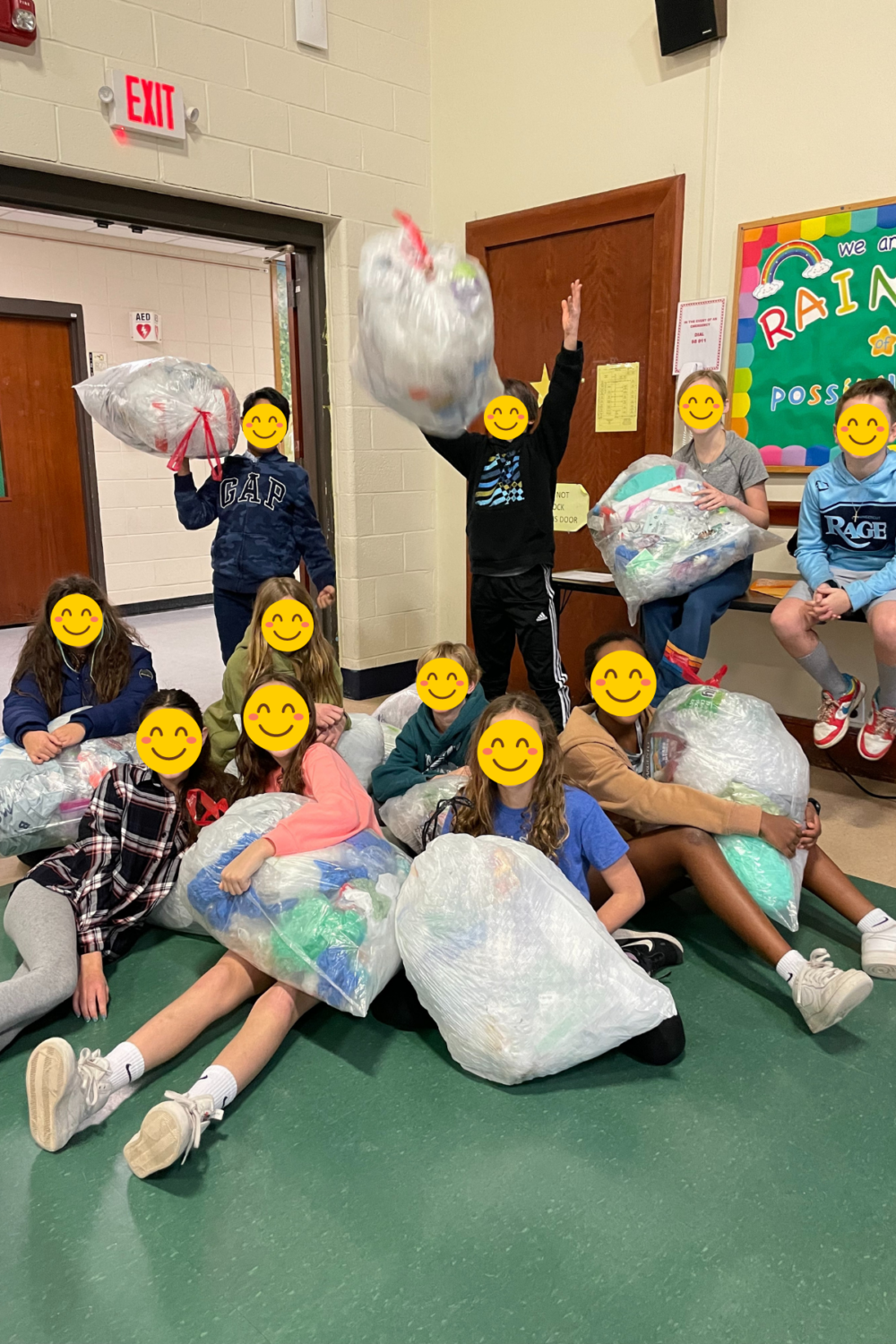
What have been some of the biggest struggles or challenges?
We’ve had so much support at our school; it has been truly incredible. Other schools in the district haven’t been so lucky. Some don’t like to have parents in the building. Sometimes the custodians don’t want to add to their workload (though we would argue that things like milk carton recycling and composting don’t add work, they just make work different). But we understand everyone is encountering these changes with different experiences and perspectives.
So far, thankfully, every parent I’ve spoken to is so grateful that these things are starting to happen in our district. But it’s hard. Even though teaching our children about sustainability is the critical work of our generation, it’s not necessarily a top priority in school. So, we’re trying to find a balance.
Green Teams and Sustainability Committees are unique to your school
Whether you call it a Green Team or a Sustainability Committee, each group is unique to the school based on the needs and talents of the committee it serves. But there are some similarities that seem to be important no matter which school you’re at. Both Rupa and Meghann mentioned the importance of things like:
- Enlisting help from others who are also engaged in climate action
- Starting small to prove success and get comfortable with the process
- Working as effectively and efficiently as possible with school administrators and staff (they have a lot on their plates already)
But they also focused on different types of programs, had different budgets, and had unique relationships with other schools in their area. Composting is a very popular sustainability initiative for schools, in part I think because it’s so visual for students, something they can easily be included in, and has an immediate and measurable impact.
At the same time, Rupa focused on hosting an event (the school yard sale) that could raise money for the school. Meghann chose to connect with an outside organization for grant matching to fund their programs.
Each Green Team task wishlist will look different for each school. When starting your own Green Team, consider what might be the easiest place to start (the low-hanging fruit) based on what is available and accessibe to your community. No matter what you do, it’s a great way to engage young students in environmental action and build community resilience and bonds in your own neighborhood.
If you like school sustainability committee tips, you might also like
How to Start a Sustainability Committee at Your Child’s School: A Step-by-Step Guide + FREE Workbook
How To Shop Secondhand Style for Back-To-School Outfits
Save Money Practicing Zero Waste Principles During Back To School Season

Jen Panaro
Jen Panaro, founder and editor-in-chief of Honestly Modern, is a self-proclaimed composting nerd and advocate for sustainable living for modern families. To find her latest work, subscribe to her newsletter, Stepping Stones.
In her spare time, she’s a serial library book borrower, a messy gardener, and a mom of two boys who spends a lot of time in hockey rinks and on baseball fields.
You can find more of her work at Raising Global Kidizens, an online space to help parents and caregivers raise the next generation of responsible global citizens.

